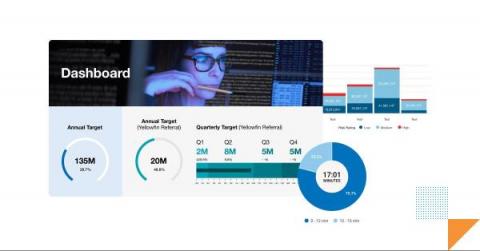Systems | Development | Analytics | API | Testing
BI
Top 10 Essential Types of Data Visualization
New Practices in Data Governance and Data Fabric for Telecommunications
The management of data assets in multiple clouds is introducing new data governance requirements, and it is both useful and instructive to have a view from the TM Forum to help navigate the changes.
Why You Need Data Governance for Analytics
How can you ensure data quality and security across your data analytics pipeline? With data governance – the exercising of authority and control over your data assets. It includes tracking, maintaining and protecting data at every stage of the lifecycle.
Large Scale Industrialization Key to Open Source Innovation
We are now well into 2022 and the megatrends that drove the last decade in data—The Apache Software Foundation as a primary innovation vehicle for big data, the arrival of cloud computing, and the debut of cheap distributed storage—have now converged and offer clear patterns for competitive advantage for vendors and value for customers.
Three Must-Read Data and Analytics Books with Tim Harford, Zhamak Dehghani, and Brent Dykes
Getting Started with GEOMETRY Data-When a Map Is More Than a Map
In part 1 of this blog series, we looked at how Snowflake supports the GEOGRAPHY geospatial data type, which works with the earth as an ellipsoid, measuring distances over a curvature and plotting objects using the latest World Geodetic System, WGS84.
SaaS in 60 - Setting Up Qlik Sense Mobile Improvements and Native Landscape Mode
Quick Qlik - Qlik Sense Charts - Data Handling Property
Rolling NIST's Cybersecurity Framework into Action
Data backup is the last line of defense when a cyberattack occurs, especially when the attack is ransomware. With robust data backup technologies and procedures, an organization can return to a point-in-time prior to the attack and return to operations relatively quickly. But as data volumes continue to explode, ransomware attacks are growing more sophisticated and beginning to target that precious backup data and administrator functions.










